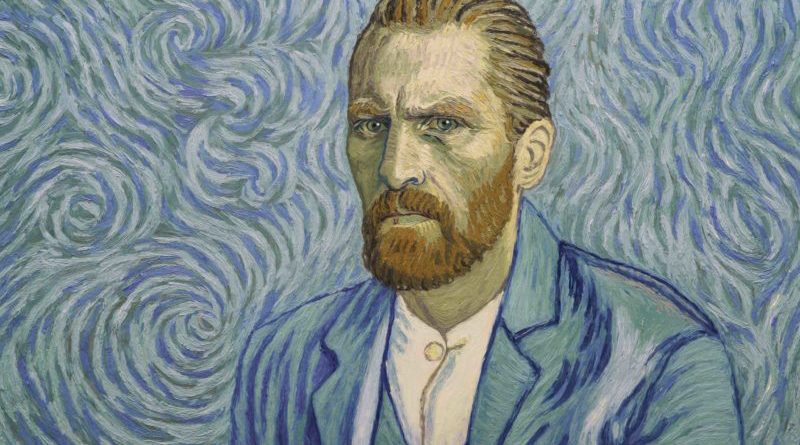INTERVIEW: Oscar-nominated ‘Loving Vincent’ paints vivid picture
Photo: Loving Vincent features a new painting for each camera frame, and this includes “Vincent” by Robert Gulaczyk. Courtesy of Loving Vincent press site / Provided by Think Jam LA with permission.
Loving Vincent is a work of dedication by its co-directors, Dorota Kobiela and Hugh Welchman, and the team of artists and animators they employed to tell the story of artist Vincent van Gogh. Their short film was recently nominated for an Academy Award and is now available on DVD and Blu-ray.
The movie details the life and death of the famous painter, and it’s chosen medium in telling this story is headline-worthy. Rather than animating the film in the traditional manner, Kobiela and Welchman decided to have a team paint every single frame of the short film. That ambitious plan resulted in 65,000 painted frames, all based on research of the artist, his work and his life.
Recently, Hollywood Soapbox exchanged emails with the co-directors about Loving Vincent. They chose to answer together, and some questions and answers have been slightly edited for style.
How difficult was it to animate Loving Vincent?
Our painting animators needed not only to be animators, they needed to be first-class oil-painters, and they needed to be first-class oil-painters who understood and could paint rapidly in Vincent van Gogh’s style. Another headache was maintaining colour consistency as they shifted the paint around the the canvas. It was a tough job. Out of 5,000 applicants, we auditioned 500 and ended up selecting 125, from 21 countries. Between them they painted 65,000 frames over a period of two years.
How long did the process take for each scene?
It depended on the scene. Each scene was made up of a different number of shots, and each shot was made up of a different number of frames. Our shortest shot was around 24 frames of painting; our longest shot, the opening shot where we descend from the stars, through Starrry Night and down into the town of Arles, was 636 frames long. Each frame took an average of two hours, but the hardest frames took up to six hours.
To put it in terms that are more easily understood, it took an average of three days to paint a second of the film, and for the hardest shot, the opening shot, it took two weeks to do one second.
Are you a personal fan of Vincent van Gogh’s work?
Both of us are huge van Gogh fans. He was a very special person, with an amazing heart, and that infuses into his breath-taking artwork.
Did you turn to van Gogh’s work to inspire your animation?
The first idea was to bring Vincent’s paintings to life to tell his story, so absolutely his paintings inspired this film. It started with Dorota wanting to combine her passion for painting with her passion for film, and when it comes to passion, Vincent is a great subject.
What was it like to work with each other?
What was it like for us to work together? It was pretty intense at times. We are married, and so there was no escaping from Loving Vincent. We lived and breathed it for seven years. We had some intense arguments at the script stage, but by the time we got onto the set and into the studio, we had a very unified vision, so we were really able to support each other. Together we were stronger. It really helped that we were so close, as there was a lot of tough times to get through on this film. We actually moved house 21 times during production, as there were lots of changes, lots of uncertainty. It is good to know our relationship actually not only survived that, but also got stronger.
By John Soltes / Publisher / John@HollywoodSoapbox.com
Loving Vincent, directed by Dorota Kobiela and Hugh Welchman, is now available on DVD and Blu-ray. Click here for more information.

